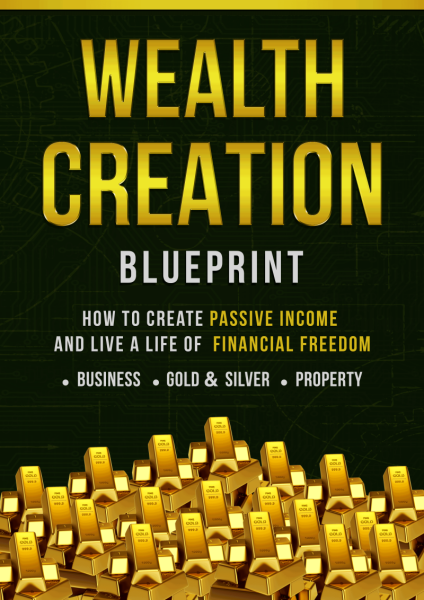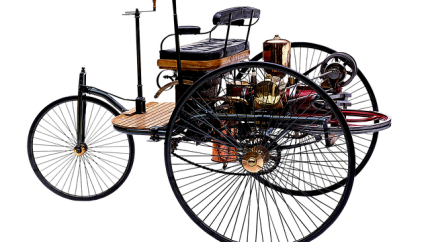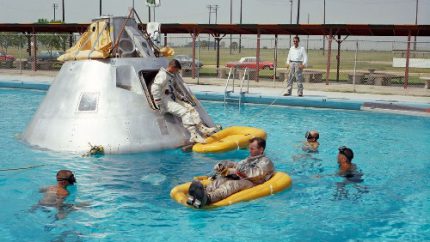Looking Back At January 28

See this video at https://www.youtube.com/c/Worldsways
Español https://www.youtube.com/@Elcuentodelmundo
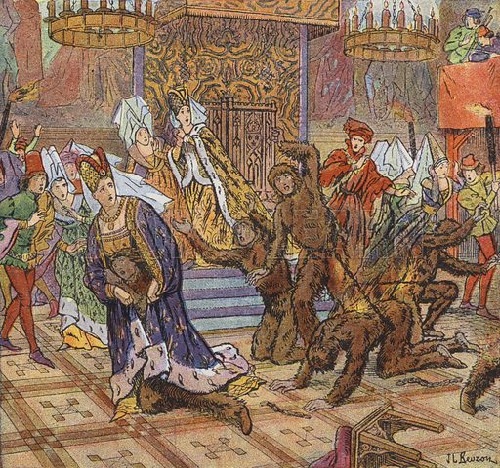
The King’s Fiery Nightmare (1393)
Imagine dancing at a grand masquerade ball when suddenly, flames erupt, turning the celebration into chaos. That’s exactly what happened to King Charles VI of France when a torch accidentally set dancers’ costumes on fire—killing four of them while the panicked king barely escaped. This tragic event, known as the Bal des Ardents (Ball of the Burning Men), only worsened Charles’ mental health, leading to one of the most unstable reigns in French history.
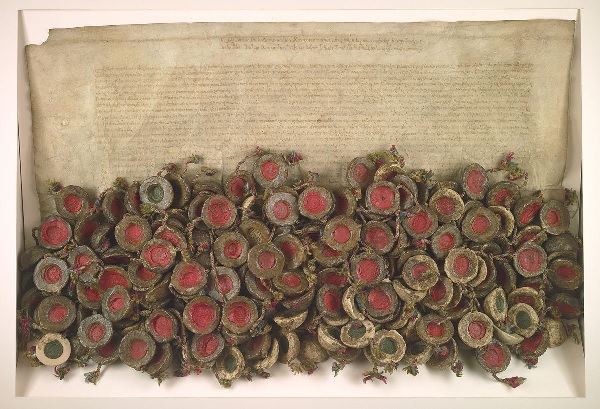
A Bold Move for Religious Freedom (1573)
In an era when religious conflicts ravaged Europe, the Polish-Lithuanian Commonwealth took a historic step toward tolerance. On January 28, 1573, the Articles of the Warsaw Confederation were signed, guaranteeing religious freedom for all Christians and setting a legal precedent for peaceful coexistence. This early commitment to religious liberty influenced other European nations over time, paving the way for similar protections in countries like the Netherlands, England, and later, the American colonies.
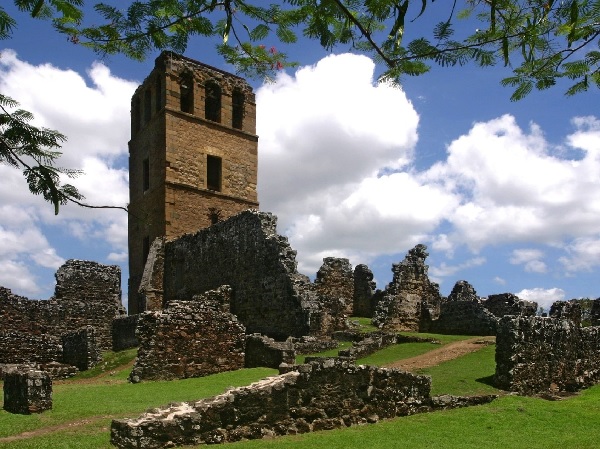
The Day Panama Went Up in Flames (1671)
Pirate—or rather, privateer—Henry Morgan wasn’t just in it for the rum; he was out for gold, too. On January 28, 1671, he and his men stormed Panama City, looted everything they could, and left the city in flames, reducing it to ruins. Though Morgan was arrested for his actions, he was later knighted—showing just how murky the line was between pirate and hero in the age of empires.
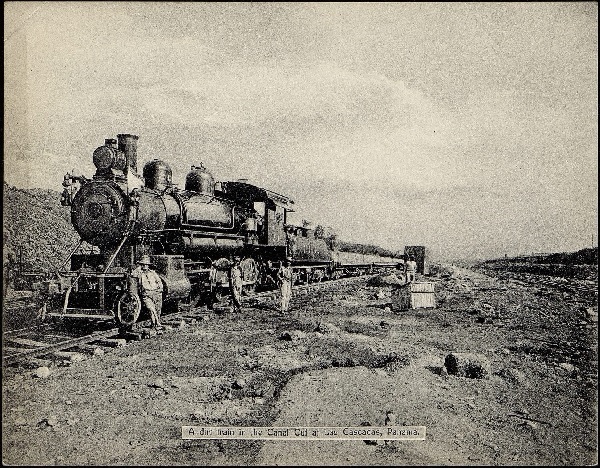
Panama Canal Railway: The First Locomotive to Cross from Coast to Coast (1855)
On January 28, 1855, history was made when a locomotive traveled from the Atlantic to the Pacific Ocean for the first time, marking the completion of the Panama Railway. Built by American investors to meet the surging demand for faster travel and trade following the California Gold Rush, the railway provided a crucial overland link between the coasts decades before the Panama Canal was even conceived. Later, in the early 20th century, this vital transportation route played a key role in the construction of the canal, solidifying its place as a game-changer in global commerce.
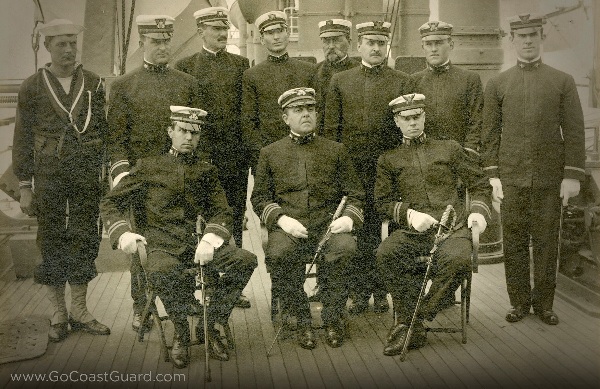
The Birth of the U.S. Coast Guard (1915)
What started as a small fleet of revenue cutters chasing smugglers in the 18th century became a powerhouse of maritime defense when the U.S. Coast Guard was officially formed in 1915. More than just a law enforcement branch, the Coast Guard has saved countless lives, battled drug traffickers, and protected American waters ever since. Today, their motto Semper Paratus (“Always Ready”) isn’t just words—it’s a promise.



